What is the best sound deadening material for cars in 2026?
Find the best sound deadening material for cars in 2026 with ASLONG. High-performance, eco-friendly solutions for superior vehicle noise control.
- What is the Best Sound Deadening Material for Cars?
- 2026 Market & Trend Insights
- Best Sound Deadening Material for Cars — Comparison Table
- What is the Best Thickness for Sound Deadening?
- What's the Difference Between Soundproofing and Sound Deadening?
- Where is the Best Place to Put Sound Deadening in a Car?
- Doors:
- Floor Pan & Trunk:
- Wheel Arches:
- Firewall:
- Roof & Headliner:
- Trunk Lid & Rear Panels:
- Is It Worth Sound Deadening a Car?
- Cost Analysis
- Return on Investment (ROI)
- B2B Considerations
- How to Block Out 100% of Noise (Step-by-Step)
- Identify Noise Sources:
- Apply Butyl Rubber Sound Damping Mats:
- Add NBR Foam or Sound White Cotton:
- Install Mass Loaded Vinyl (MLV):
- Seal All Gaps and Joints:
- Test & Optimize:
- FAQs about Sound Deadening Material for Cars
- 1. How much does car sound deadening cost?
- 2. Does sound deadening actually work?
- 3. Is butyl rubber better than asphalt mats?
- 4. Can I install sound deadening myself?
- 5.How do I choose the right manufacturer for sound deadening materials?
- Conclusion
What is the Best Sound Deadening Material for Cars?
2026 Market & Trend Insights
Mordor Intelligence says the global automotive acoustic material market is expected to reach around $5.34 billion by 2025 and grow to $6.52 billion by 2030, with a CAGR of about 4.09% (Source: Mordor Intelligence).
Data Bridge Market Research also says that the market was valued at USD 3.56 billion in 2024 and is expected to grow to USD 5.68 billion by 2032, with a CAGR of 6.01% (Source: Data Bridge Market Research).
These stats show that the demand for sound deadening materials for cars will keep going up steadily until 2026.
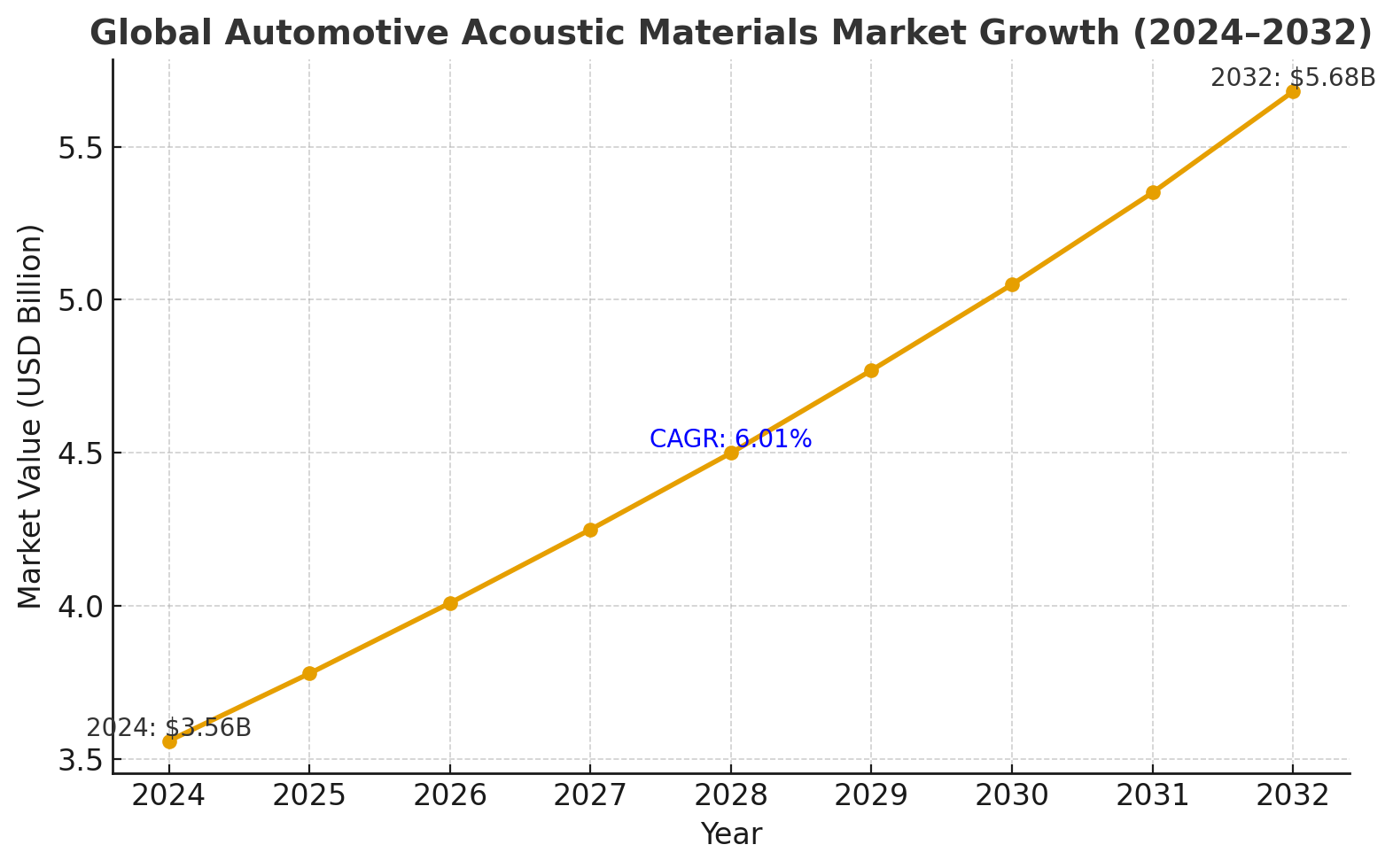
For B2B buyers, this means:
It's key to team up with well-established manufacturers who can scale up their production and have solid R&D teams.The growth of electric vehicles (EVs) brings new acoustic challenges like tire and wind noise, which creates demand for advanced damping and absorption materials.Car parts suppliers have to focus on materials that are low-VOC, heat-resistant, and meet the standards for the car industry.
Best Sound Deadening Material for Cars — Comparison Table
| Material / Product (typical form) | Key Advantages | Typical Automotive Applications |
|---|---|---|
| High damping efficiency, excellent adhesion, weather resistance, and anti-vibration performance. Ideal for long-term OEM use and high-temperature environments. | Doors, floor panels, trunk, roof sections, and wheel arches. | |
| Dense, flexible sound barrier that effectively blocks airborne noise. Perfect for combining with foam or cotton layers for multi-layer soundproofing systems. | Under carpets, firewall, trunk floors, and rear seat partitions. | |
|
NBR Foam |
Lightweight, thermal-insulating, and moisture-resistant. Works as a decoupling layer to prevent vibration transmission. | Door interiors, roof headliners, dashboard, and HVAC ducts. |
|
Sound White Cotton |
Excellent sound absorption, eco-friendly, and easy to install. Optimized for high-frequency and reverberation noise. | Car ceilings, door panels, trunk sides, and cabin walls. |
|
Tire Silent Foam |
Designed for high heat and abrasion zones. Minimizes tire cavity noise and road vibration. | Wheel wells and tire liners. |
| Strong sealing properties against moisture and noise leaks. Reinforces other insulation layers. | Door seams, joints, and window edges. | |
|
Closed-cell Spray-on Dampers |
Flexible and ideal for complex shapes and confined spaces. | Engine bays, bulkheads, or curved interior panels. |
What is the Best Thickness for Sound Deadening?
The best thickness depends on how you're going to use the car and what you're looking for:
| Area | Recommended Thickness | Purpose |
|---|---|---|
| Doors / Panels | 2–3 mm butyl sheets + 4 mm foam | Reduce vibration and speaker resonance. |
| Floor & Trunk | 3–4+ mm butyl + MLV | Reduce road and low-frequency noise. |
| Roof / Headliner | ≤ 3 mm foam or fiber | Absorb high-frequency noise without sagging. |
For B2B/OEM use, ASLONG recommends testing each vehicle model with 2–4 mm butyl damping mats and complementary NBR foam or Sound White Cotton to balance performance and weight.
What's the Difference Between Soundproofing and Sound Deadening?
A lot of people use these terms interchangeably, but in the world of automotive engineering, they mean different things:
| Aspect | Soundproofing (Noise Blocking) | Sound Deadening (Vibration Damping) |
|---|---|---|
| Main Goal | Stop airborne sound from entering or leaving an area. | Reduce vibration and resonance within car panels. |
| Typical Materials | Mass Loaded Vinyl, heavy composite barriers. | Butyl mats, viscoelastic layers, foams. |
| Mechanism | Adds mass and creates sealed barriers. | Converts vibrational energy into low-level heat. |
| Best Use in Cars | Floors, firewalls, cabin partitions. | Doors, roof, trunk, and wheel arches. |
| Performance Metric | Sound Transmission Loss (STL) / STC ratings. | Damping coefficient / vibration amplitude reduction. |
| Installation Phase | Late-stage assembly (barrier placement). | Early-stage body assembly (panel damping). |
Where is the Best Place to Put Sound Deadening in a Car?
Strategic placement determines up to 80% of the total performance. Focus on:
-
Doors:
- You should apply butyl damping mats to the inner metal skin to reduce vibration and rattles. You can also add foam or cotton inside the door panels to absorb echoes and improve speaker acoustics.
-
Floor Pan & Trunk:
- These are the areas where noise transmission is most significant. If you want a quiet cabin, try combining butyl rubber sound damping mats with mass-loaded vinyl and NBR foam.
-
Wheel Arches:
- Tire Silent Foam is great for reducing tire and gravel impact noise. It's perfect for both EVs and traditional vehicles.
-
Firewall:
- High-temperature-resistant NBR foam and butyl waterproof tape help block engine and road noise.
-
Roof & Headliner:
- You can apply lightweight Sound White Cotton or foam insulation to absorb wind and rain noise.
-
Trunk Lid & Rear Panels:
- You can use butyl sheets to stop that from happening and prevent the bass from booming.
-
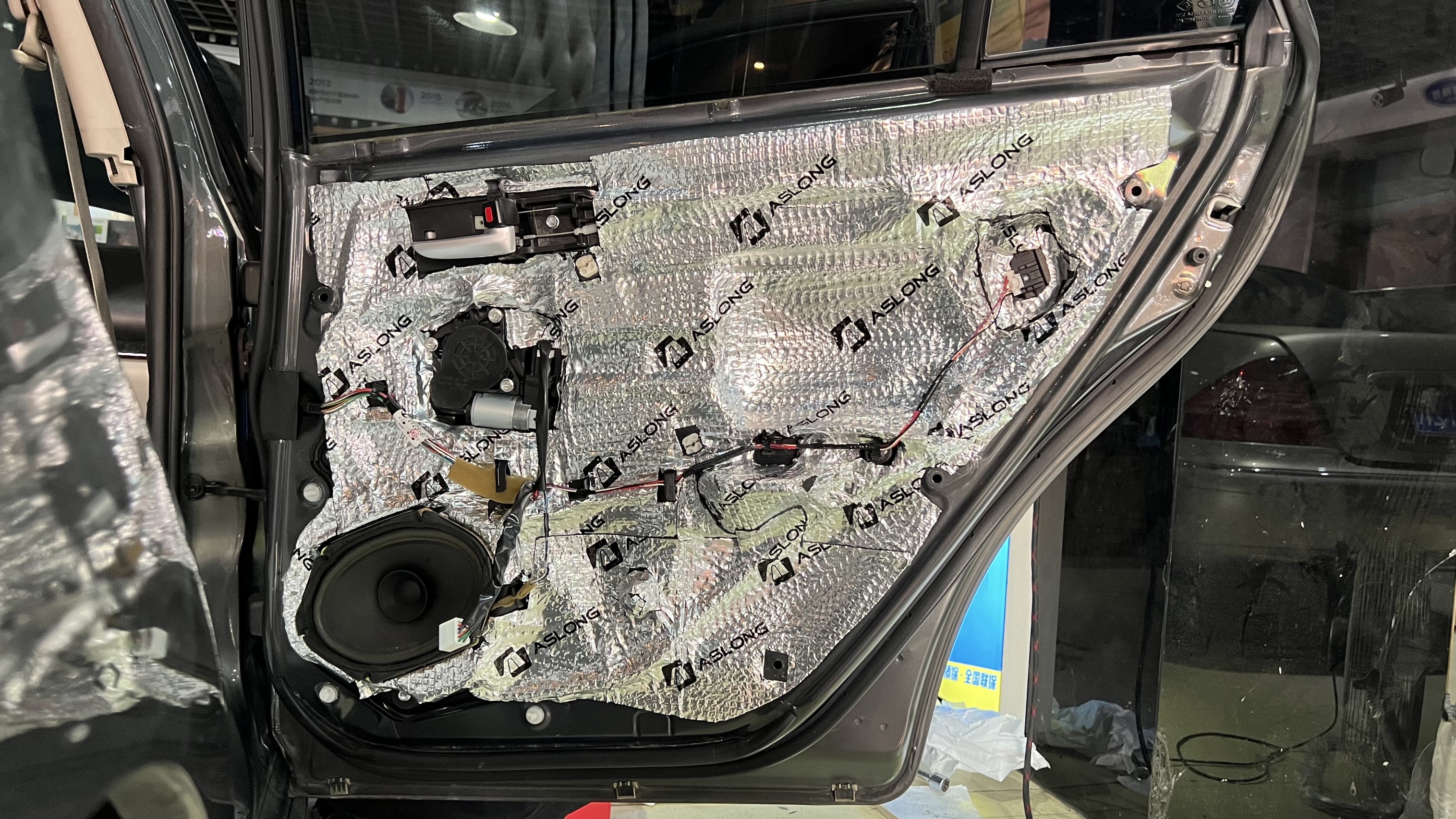
Is It Worth Sound Deadening a Car?
Totally — sound deadening materials deliver measurable acoustic, thermal, and resale value benefits. For B2B distributors, OEM integrators, and installers, here's what you need to know:
Cost Analysis
| Type | Estimated Material Cost | Typical Installation Cost | Notes |
|---|---|---|---|
| Partial Kit (Doors & Trunk) | $80–$200 | $150–$400 | Great for entry-level aftermarket upgrades. |
| Full-Vehicle Butyl + Foam System | $300–$800 | $600–$1,200 | Balanced cost-to-performance ratio for mid-range vehicles. |
| Premium Multi-layer (Butyl + Foam + MLV) | $700–$1,500 | $1,200–$2,000+ | OEM or luxury retrofit setups with up to 15 dB improvement. |
Return on Investment (ROI)
-
Noise reduction: The cabin noise will get 10–15 dB quieter.
Driving comfort: It'll help you stay alert and focused, which is great for long-distance fleets.
Vehicle Value: This'll help dealers and refurbishers resell their stuff and keep their customers happy.
Audio Performance: It makes sound up to 30% clearer by reducing vibrations.
Thermal Efficiency: A lot of ASLONG materials (like NBR foam and butyl mats) also help keep heat from transferring, which lowers the load on your air conditioner.
B2B Considerations
-
OEM Integrators: Improve NVH scores during the design phase by using a Butyl Rubber Sound Damping Mat for body-in-white applications.
-
Dealers / Distributors: Bundling sound deadening kits can help you boost your sales margin and keep your customers.
-
Fleet Operators: Enhances driver comfort and reduces long-term wear on interior components.
To sum it up, the performance-to-cost ratio of modern automotive sound deadening materials makes them a great investment for any part of the automotive supply chain.
How to Block Out 100% of Noise (Step-by-Step)
-
Identify Noise Sources:
-
Run a panel vibration and cabin SPL test to find the problem areas.
-
Apply Butyl Rubber Sound Damping Mats:
- Cover large metal panels (doors, trunk, floor) to reduce structure-borne vibration.
-
Add NBR Foam or Sound White Cotton:
- It soaks up reflected sound waves and stops flutter echoes.
-
Install Mass Loaded Vinyl (MLV):
- Add it between panels to block out noise.
-
Seal All Gaps and Joints:
- Use Butyl Waterproof Tape around seams and edges.
-
Test & Optimize:
-
Re-measure noise levels and adjust coverage if needed.
It's impossible to get rid of all noise completely, but you can take these steps to make sure you're as comfortable as possible.
FAQs about Sound Deadening Material for Cars
1. How much does car sound deadening cost?
Depending on the material and coverage, costs can range from $100 to over $2,000. Professional installations often result in better durability and quality.
2. Does sound deadening actually work?
Yes. If you apply butyl mats and MLV the right way, you can cut cabin noise by 5–15 dB. That makes for a comfier ride and better sound system quality.
3. Is butyl rubber better than asphalt mats?
Yes — butyl rubber is heat-resistant, odorless, and long-lasting, making it the best sound deadening material for cars in 2026.
4. Can I install sound deadening myself?
You can install it yourself, but it's best to have a pro handle the fitting so you get even adhesion, full coverage, and long-term stability — which is perfect for fleet or OEM projects.
-
5.How do I choose the right manufacturer for sound deadening materials?
-
When selecting a B2B supplier or manufacturer of car sound deadening materials, consider the following factors:
Automotive-grade certification: The supplier should comply with automotive durability and heat-resistance standards.
Technical documentation: Request data sheets showing damping coefficients, temperature ranges, VOC levels, and peel strength.
Production capacity: If you're a distributor or OEM, make sure you've got your output, roll formats, and delivery times down pat.
Comprehensive product portfolio: Manufacturers offering multiple solutions (e.g., Butyl Rubber Sound Damping Mat, Mass Loaded Vinyl, NBR Foam, Sound White Cotton) can provide system-level soundproofing.
Export experience and after-sales support: It's a must for international B2B buyers.
Sustainability & Innovation: In 2026, manufacturers that make lightweight, eco-friendly, and EV-compatible products will have a big leg up on the competition.
Conclusion
The best automotive sound deadening material in 2026 combines butyl rubber sound damping mats, mass loaded vinyl, and NBR foam, ensuring a quieter, more comfortable, and energy-efficient ride.
If you're interested in bulk orders, OEM customization, or distributor partnership opportunities, ASLONG (Welllink Guangdong New Material Co., Ltd.) is your go-to automotive sound insulation supplier. They've been in the game since 2000.

The Top Benefits of Vehicle Soundproofing

Car Soundproofing & Thermal Insulation: A Complete Guide for a Quieter and Cooler Driving Experience

Ultimate Guide to Car Sound Deadening Insulation 2026

Self-Adhesive Car Sound Deadening Mat with Aluminum Foil Heat Insulation | Noise & Heat Control for Vehicles

Ultimate Guide to Car Soundproofing: How to Reduce Noise and Improve Driving Comfort
FAQs
How to customize products that meet the needs of my industry?
You only need to contact our sales or technical team, we will conduct an in-depth analysis based on your industry needs and provide tailor-made products and solutions. We guarantee to provide you with efficient and accurate services to meet your personalized requirements.
Do ASLONG's products meet environmental protection standards?
Yes, all ASLONG products comply with ISO14001 environmental management system certification and global environmental protection standards. We use environmentally friendly materials and are committed to providing sustainable solutions to help customers achieve green development goals.
Does ASLONG provide after-sales service?
Yes, we provide a full range of after-sales services, including technical support, installation guidance, product maintenance and quality tracking, etc., to ensure that each project goes smoothly and continues to perform at its best.
What industries are the products provided by ASLONG suitable for?
ASLONG's products are suitable for multiple industries, including air conditioning and HVAC, construction and waterproofing, automobiles and transportation, home appliances and electronics, industrial equipment and machinery, etc. We provide customized solutions for each industry to meet different needs.
What specific functions can ASLONG's products provide?
Our products cover functions such as insulation, sound insulation, shock absorption, waterproofing and sealing, and are widely used in improving energy efficiency, reducing noise, controlling vibration, protecting equipment, etc., helping customers optimize engineering effects and improve user experience.

Butyl Rubber Sound Damping Mat
ASLONG Butyl Rubber Sound Damping Mat for sale. Effectively reduces noise and vibrations. High-quality butyl rubber ensures superior performance and durability. Ideal for automotive, industrial, and home applications.

Mass Loaded Vinyl
ASLONG Mass Loaded Vinyl for sale. Reduce noise pollution effectively with our high-quality, mass-loaded vinyl. Ideal for soundproofing walls, floors, and more. Buy now and experience the difference!

Egg Crate Foam
ASLONG Egg Crate Foam for sale. Lightweight, breathable, and comfortable, our egg crate foam provides superior support and pressure relief. Perfect for mattresses, cushions, cars, construction industry, KTV, factories, etc.

NBR Foam
ASLONG NBR Foam: Wholesale NBR foam solutions for diverse applications. High-quality, durable, and competitively priced. Contact us today for bulk orders.

Multi layer Composite NBR foam
ASLONG's multi-layer composite NBR foam is your premium choice for superior cushioning and durability. Ideal for diverse applications, this high-quality NBR foam is available for sale now. Contact us for bulk orders.

Sound Absorbing White Cotton
Sound-absorbing white cotton Made from PP and PET fibres by melt-blowing, special processes are used to achieve density diversification, sound absorption and noise reduction, thermal insulation, moisture-proof and mold resistance.

Puncture-Proof Soundproof Tire Foam, Self-Sealing Noise-Reducing Liner for Cars, Anti-Puncture Wheel Protection, Anti-Puncture Noise Reduction

Tire Silent Foam with Special Glue
ASLONG Tire Silent Foam with special glue effectively reduces tire noise. Improve your vehicle's ride comfort. Buy ASLONG Tire Silent Foam for sale now and experience the quiet difference.
Professional support at any time
Contact us for a free quote on our new soundproofing materials!
© 2025 ASLONG All Rights Reserved. Privacy Policy | Terms and Conditions | Sitemap


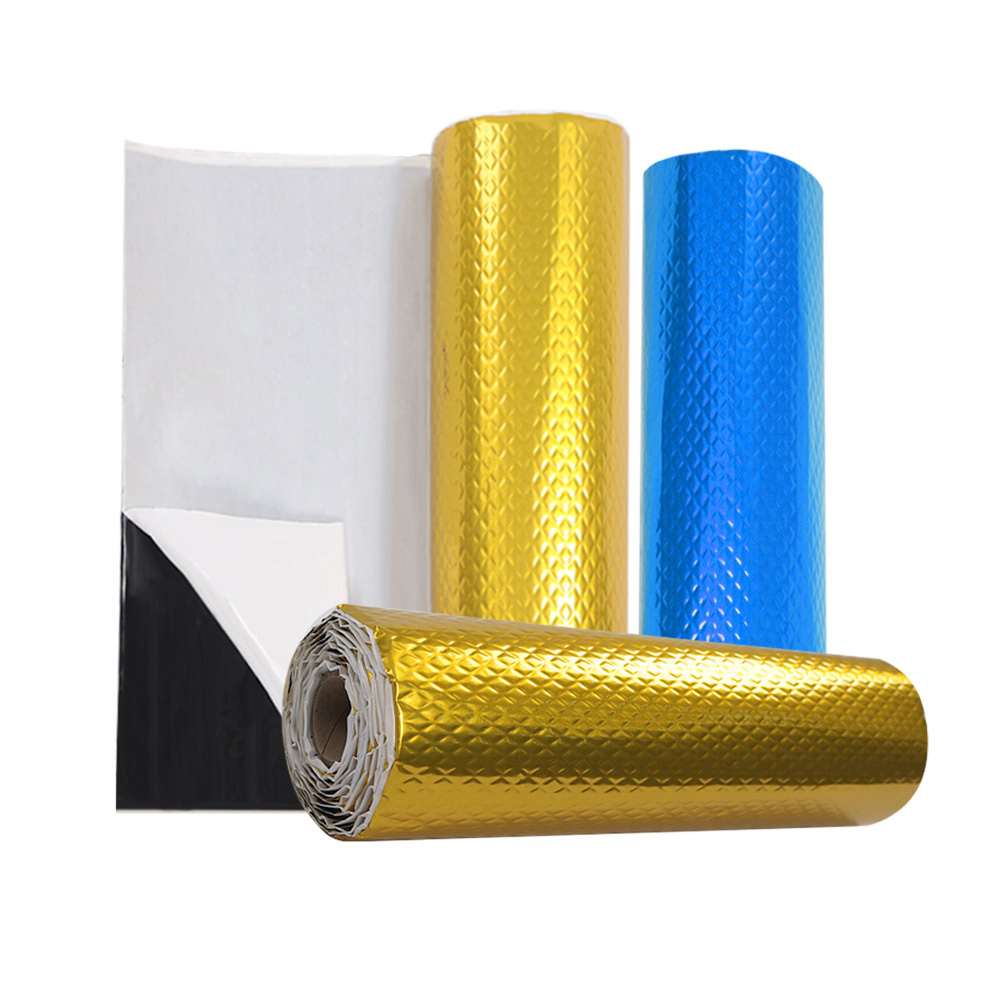
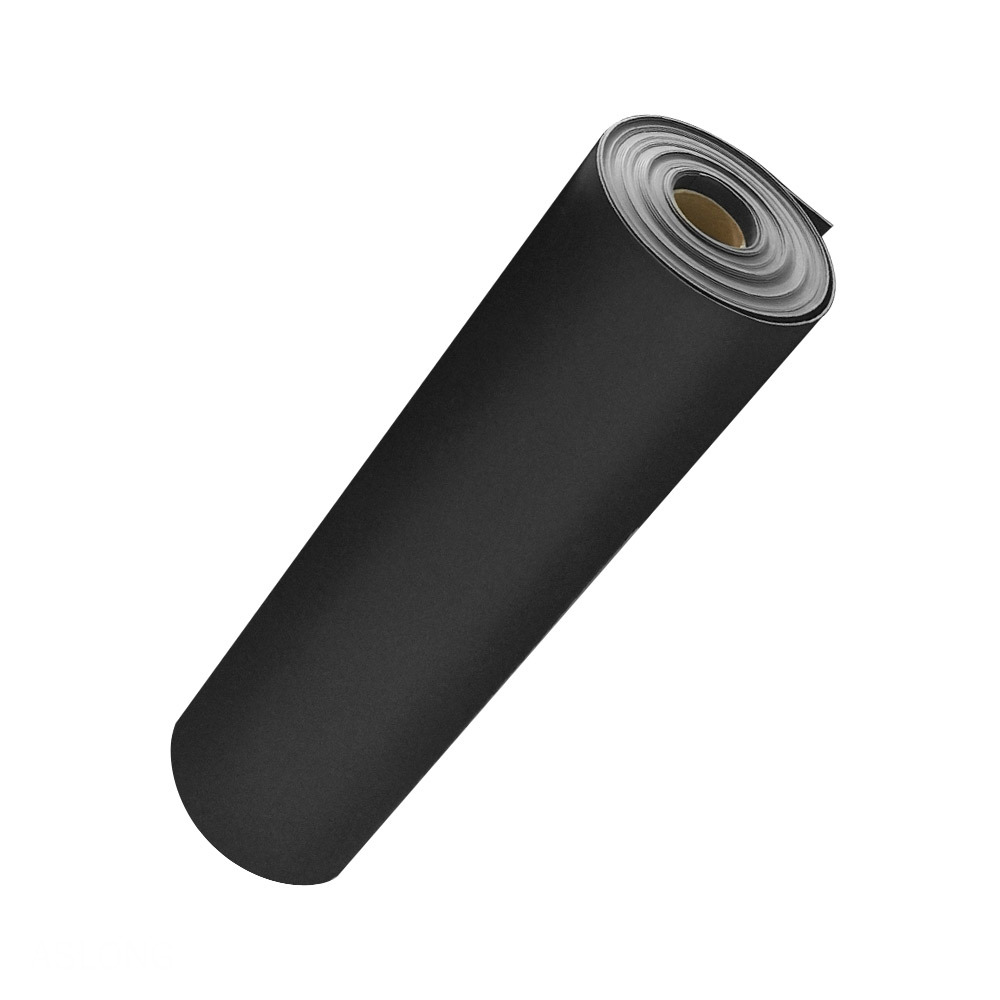
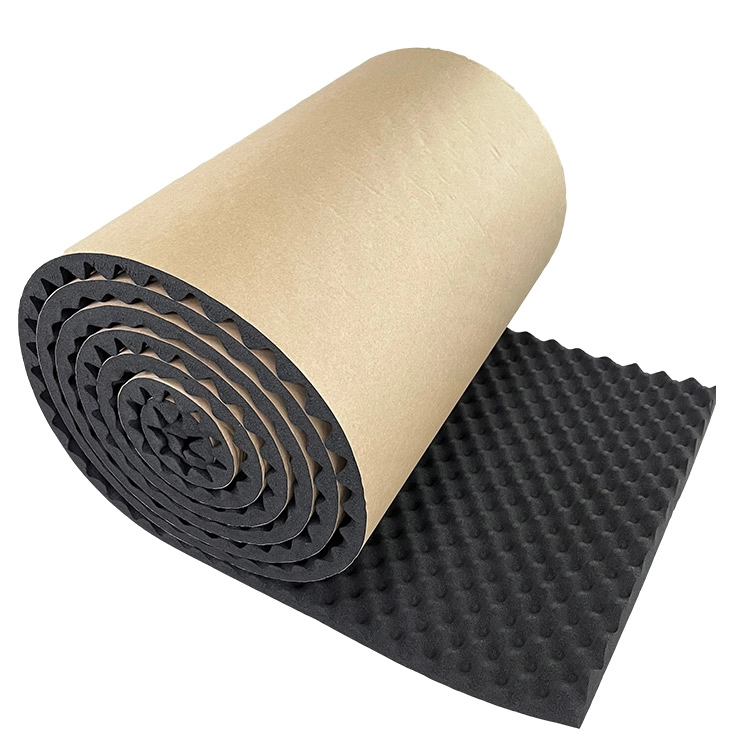
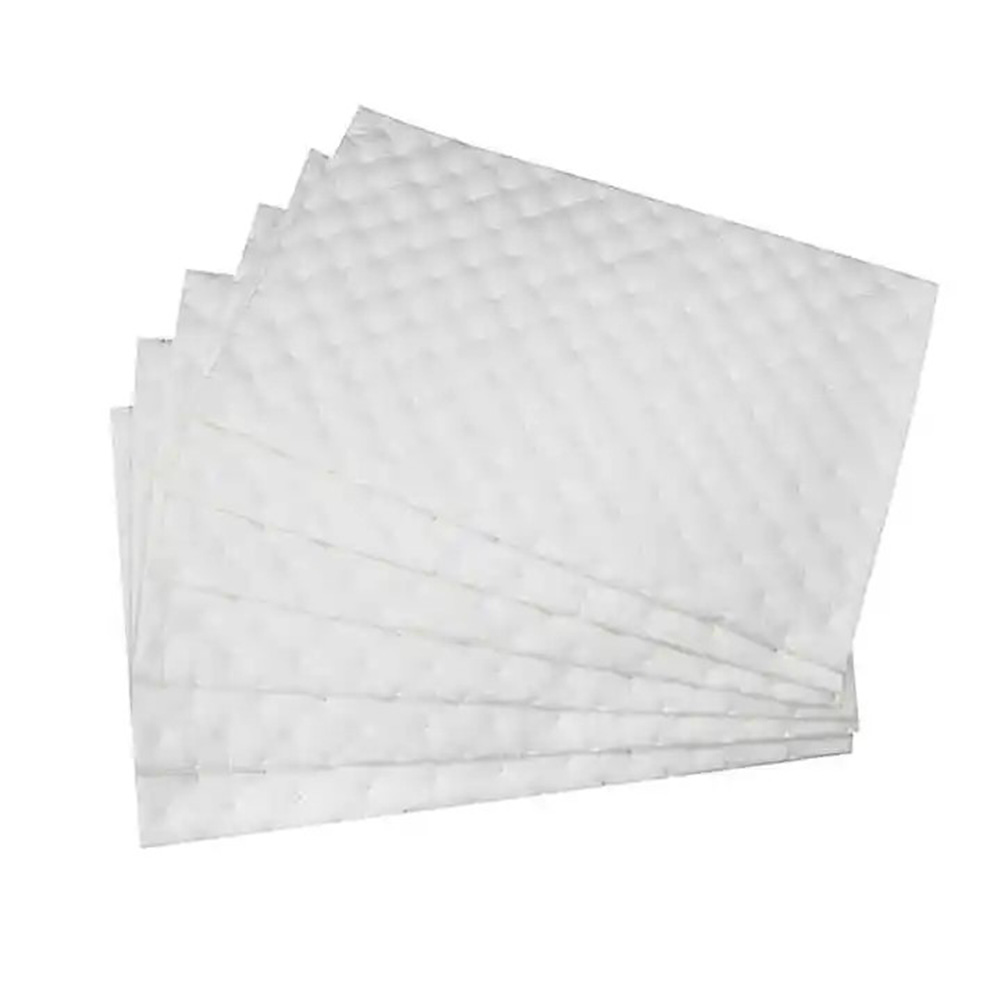

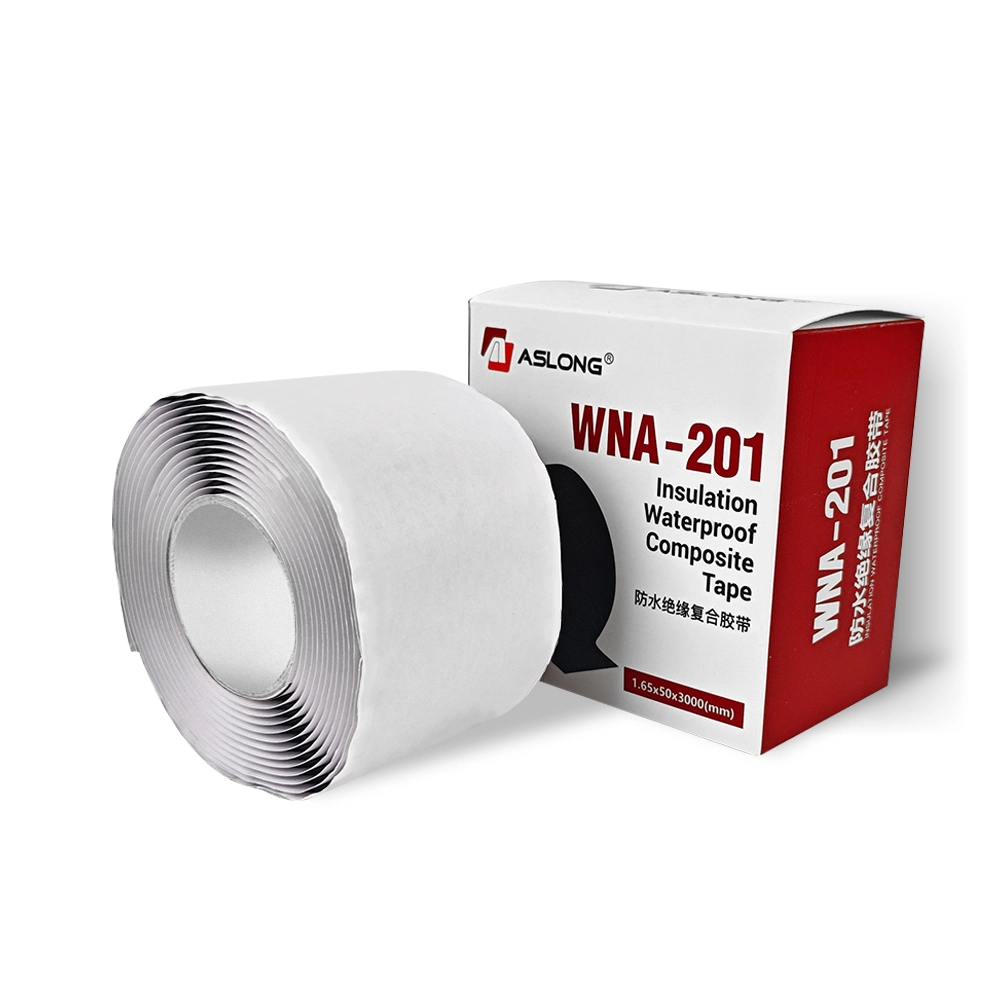

Whatsapp: +8613242879341
ASLONG Global
ASLONG
Aslong_global